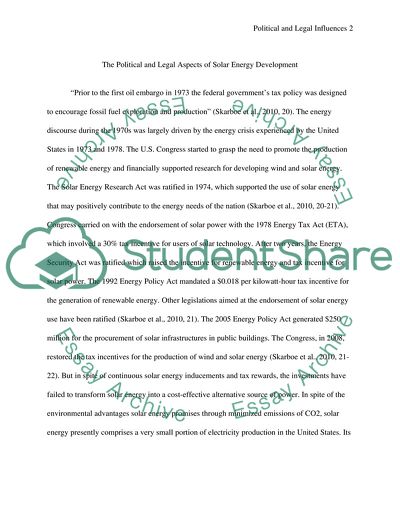Cite this document
(Solar Energy Political and Legal Influences Research Paper, n.d.)
Solar Energy Political and Legal Influences Research Paper. Retrieved from https://studentshare.org/politics/1795269-solar-energy-political-and-legal-influencesissues
Solar Energy Political and Legal Influences Research Paper. Retrieved from https://studentshare.org/politics/1795269-solar-energy-political-and-legal-influencesissues
(Solar Energy Political and Legal Influences Research Paper)
Solar Energy Political and Legal Influences Research Paper. https://studentshare.org/politics/1795269-solar-energy-political-and-legal-influencesissues.
Solar Energy Political and Legal Influences Research Paper. https://studentshare.org/politics/1795269-solar-energy-political-and-legal-influencesissues.
“Solar Energy Political and Legal Influences Research Paper”, n.d. https://studentshare.org/politics/1795269-solar-energy-political-and-legal-influencesissues.


